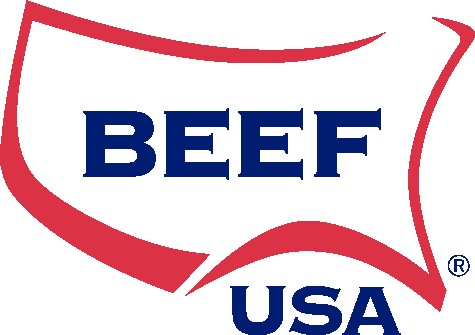 | |
| A comparison of a grain-fed ribeye (left) to a grass-fed ribeye (right) |
There are several factors that seem to be the driving forces behind this demand for--in my humble opinion--low-quality cuts of beef. One of these it would seem is an aversion to fat. In almost exact contrast to our market in the United States, Australian consumers will gravitate towards the leaner cuts in the meat case rather than the highly marbled ones. Therefore, leaner beef is more valuable than what would be considered a higher quality cut here in the U.S.
Along with the consumer aversion to fat, within the domestic population of Australia, it appears that there is a conception (one that also seems to be creeping into the minds of American consumers as well) that implanting cattle with growth promotants can lead to a hormonal imbalance in those who consume meat from these animals. That is a conversation for another time, but suffice to say, there has been ample research done in regards to this matter, all results indicating that this is a non-issue.
But the important thing to keep in mind about all this is that Australia only keeps around 20% of the beef it produces. The rest is exported largely to Europe and nearby Japan. Of course, any beef exported to Europe has to be hormone free, which just adds more incentive not to use any implants. The Japanese, however, are very fond of high quality beef, which is why there has been an increase of crossbreeding with Angus and Wagyu cattle, especially in the northern parts of Queensland.

In any case, within the domestic population of Australia, I believe that consumer education is needed. I don't begrudge anyone who would prefer a lean, low quality steak to one that would qualify as USDA Prime, as long as it's not for the wrong reasons, i.e. a misunderstanding about growth promotants, grain feeding, or health concerns about intramuscular fat. Meat and Livestock Australia (MLA), who is roughly the equivalent of the United States' National Cattlemen's Beef Association (NCBA), has made efforts to educate consumers about these issues, but it would seem their effectiveness has been questionable at best. Their website can be found here.
In the end, it all comes down to what is the most profitable decision. There are plenty of people around the world that are willing to pay good money for a thick juicy steak. For those that can produce it, there's a market outside Australia that can be relied upon. For everyone else, there are plenty of people with in their country that it seems will pay just as much for anything else.
What makes the whole situation sad in my opinion, is that progress has been halted, and in truth, overturned, due to misconceptions and lack of education. What makes the whole situation scary is that these same misconceptions seem to be creeping their way into the minds of American consumers, at least on a small scale. Only time will tell what the future has in store for the world beef industry.

No comments:
Post a Comment